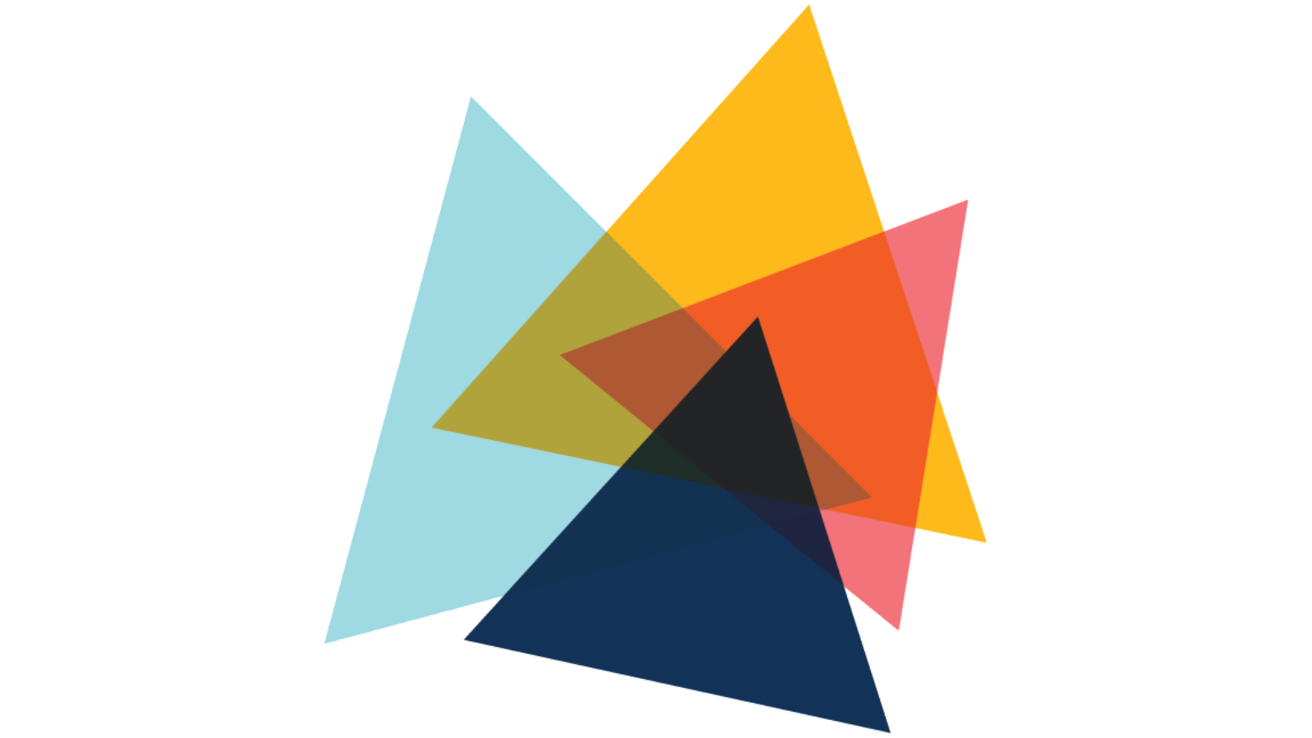How digital assessments can boost educational equity and equal access

Equity in education means every student has access to high-quality learning experiences. While educators are working toward this goal, gaps persist. Here are some facts about these disparities and how digital assessments can help close the opportunity gap and drive equity in education.
Highlighting the educational equity and access gaps
Canada has a pronounced wealth gap, with the wealthiest households (top 20%) accounting for more than two-thirds (nearly 70%) of net worth at the end of 2022. In contrast, the least-wealthy households (the bottom 40%) accounted for only 2.6% of net worth.
A strong education is critical to establishing a foundation that can lift children out of poverty because it enables easier access to the higher-earning job opportunities that will break the cycle. However, there's a vast disparity in outcomes between higher- and lower-income school districts, and the pandemic only exacerbated it.
Concerns about this imbalance are intensified by the fact that students from lower-income families may have greater need for academic support. They often start school at a deficit, with less exposure to high-quality childcare and enriching activities. However, low-income school districts that would benefit the most from additional support programs typically don’t receive as much funding when compared with more affluent school districts.
Challenges to combatting educational inequity
Educators are aware of these inequity-driven gaps and their detrimental effects for students.
However, this awareness doesn’t always result in action because educators face many challenges that limit their ability to combat issues stemming from educational inequity. For example, the teacher shortage has left schools and school districts with fewer educators as more retire or switch professions. The ones remaining are tasked with doing more work. This situation can leave little time for anything beyond core job responsibilities and lead to burnout, which perpetuates the attrition cycle.
Educators shouldn’t have to choose between burning out on the job and improving equity in their classrooms, schools and districts. That’s where digital assessments can help.
The role of digital assessments in promoting equity and equal access
Digital assessments can help educators address issues stemming from educational inequity among students while keeping their workloads manageable. These assessments allow educators to monitor and evaluate student progress efficiently and flexibly, improving their ability to identify those who need additional support to meet education goals.
These tools have been recognized for their ability to remove bias in several ways.
They can be deployed to all students at a lower cost than traditional assessments, giving schools and districts an efficient and affordable ways to determine which students require what supports. This kind of universal screening is helpful for making sure all students receive a high-quality educational experience.
Under-resourced schools now can access the same assessments that wealthier schools have, thanks to Pearson's Digital Assessment Library (DAL). As a district-wide solution, all schools in the district, regardless of size or location, benefit from the same unlimited access to assessments, allowing educators to reach every student who needs support.
The easy-to-deploy format also allows overburdened educators to quickly collect data, streamlining a complex process and reducing the work on their plate. With more time to devote to student-centered activities, they can focus on other parts of their job that help combat educational inequity.
Pearson’s aimswebPlus is another helpful tool that educators can leverage to facilitate equitable educational experiences for all. The evidence-based universal screener and progress monitoring system screens and monitors the reading and math skills of PreK–12 students, yielding a comprehensive report that illuminates learning gaps and allows educators to quickly identify the most relevant assistance. They can monitor student progress at a glance to see the effects of the supports over time and make changes as needed.
Take the next step to equity in education with digital assessments
Implementing a universal assessment standard can be a powerful ally in helping create a more equitable and inclusive educational landscape while unlocking the potential of every student, regardless of their background or circumstances.
As schools aim to cultivate equitable access to high-quality education for all students, many are turning to Pearson’s robust library of assessments to achieve that goal. That decision is a win for educators, too, because they benefit from having a way to help students that doesn’t pile onto their own workloads.
To learn more about how tools like Pearson’s DAL and aimswebPlus can help bridge the divide and promote equitable access to high-quality education in your school community, contact Pearson’s Assessment Consultant for your region.


